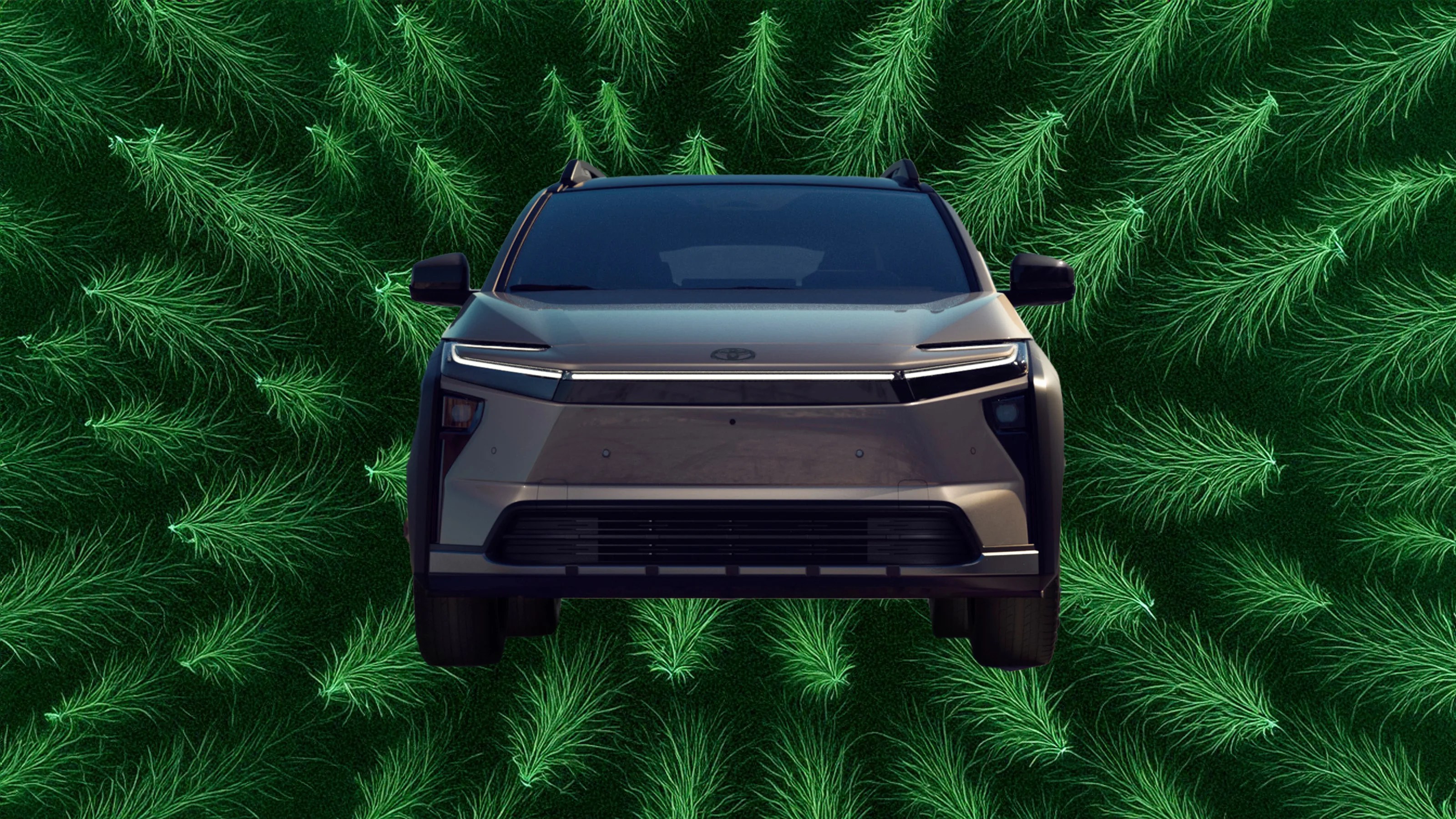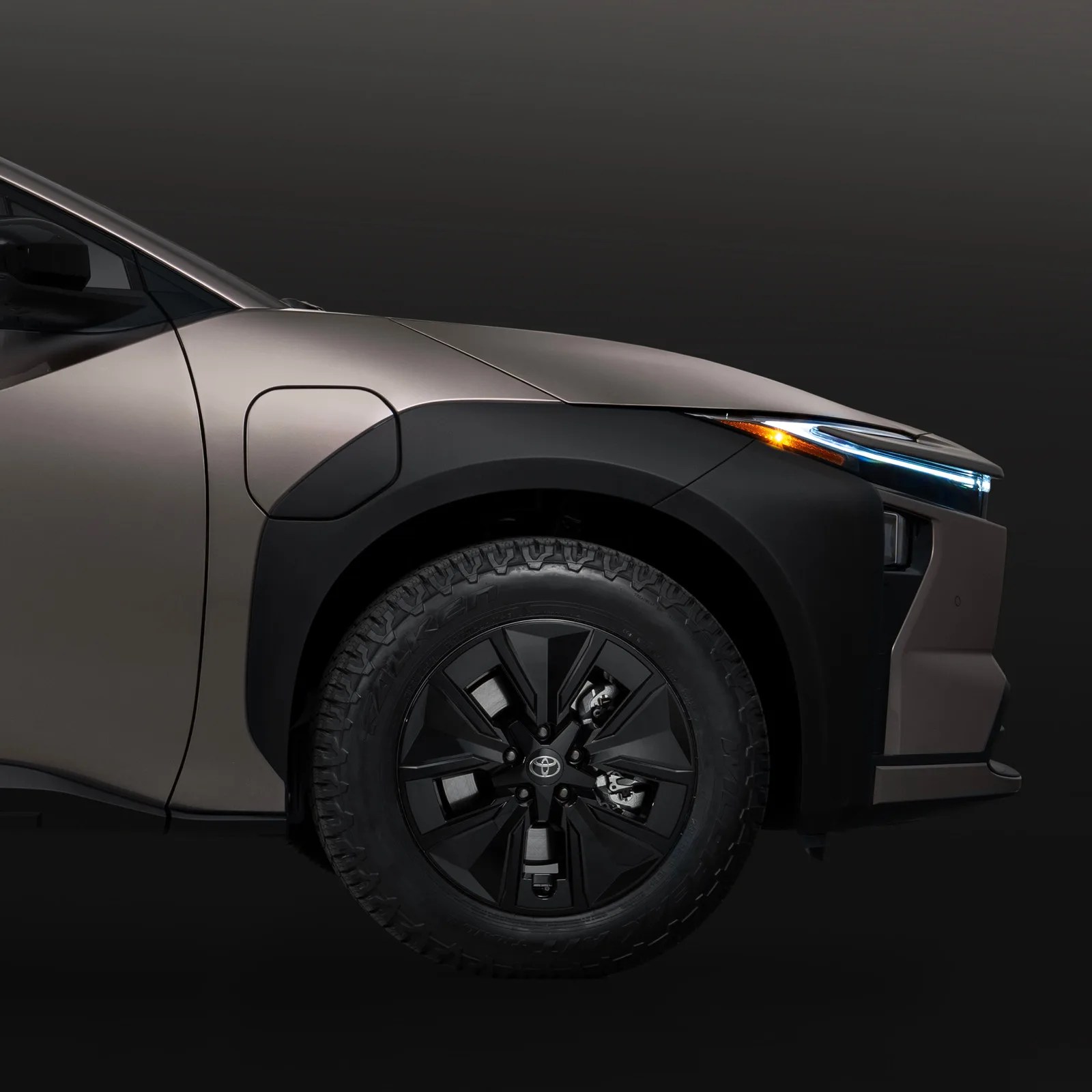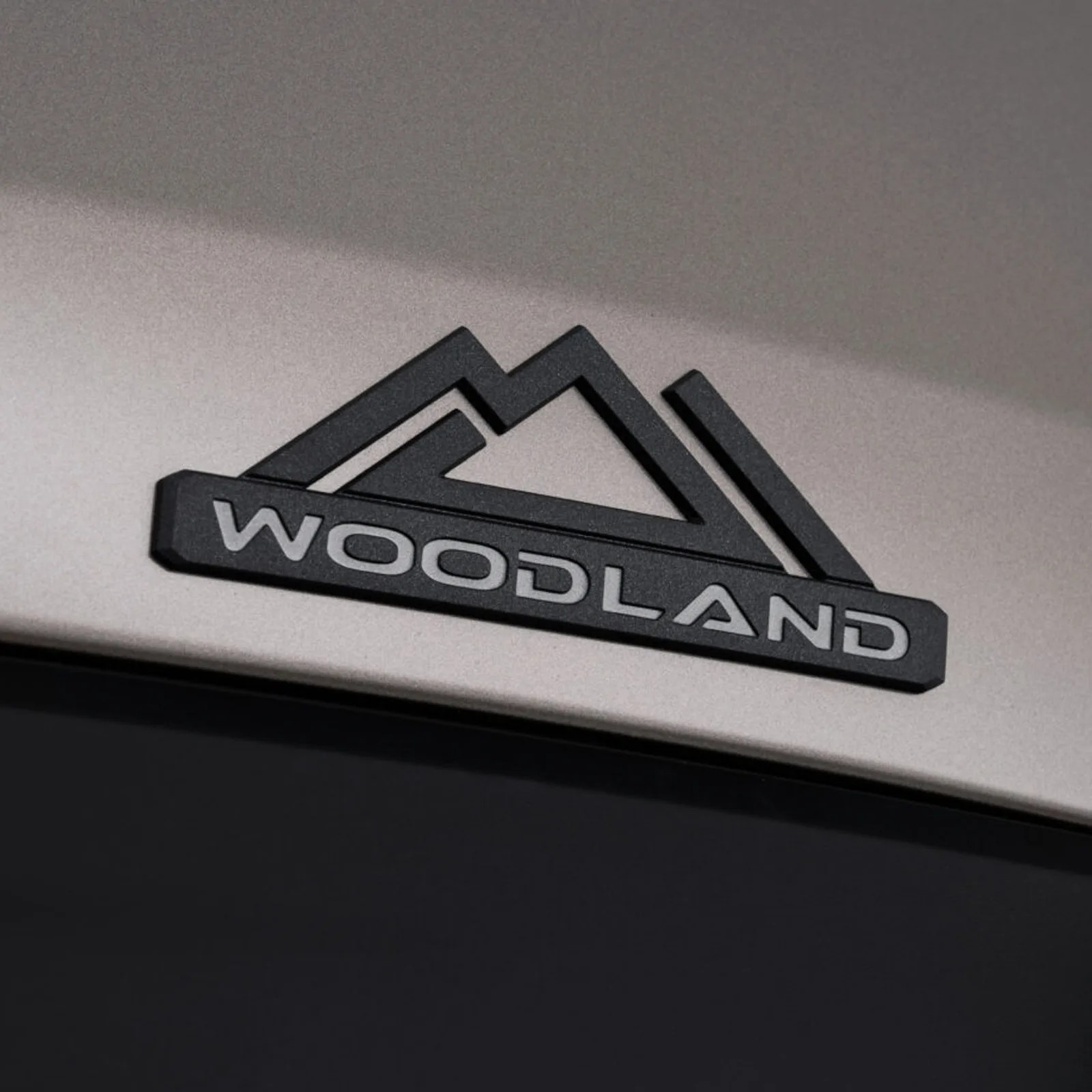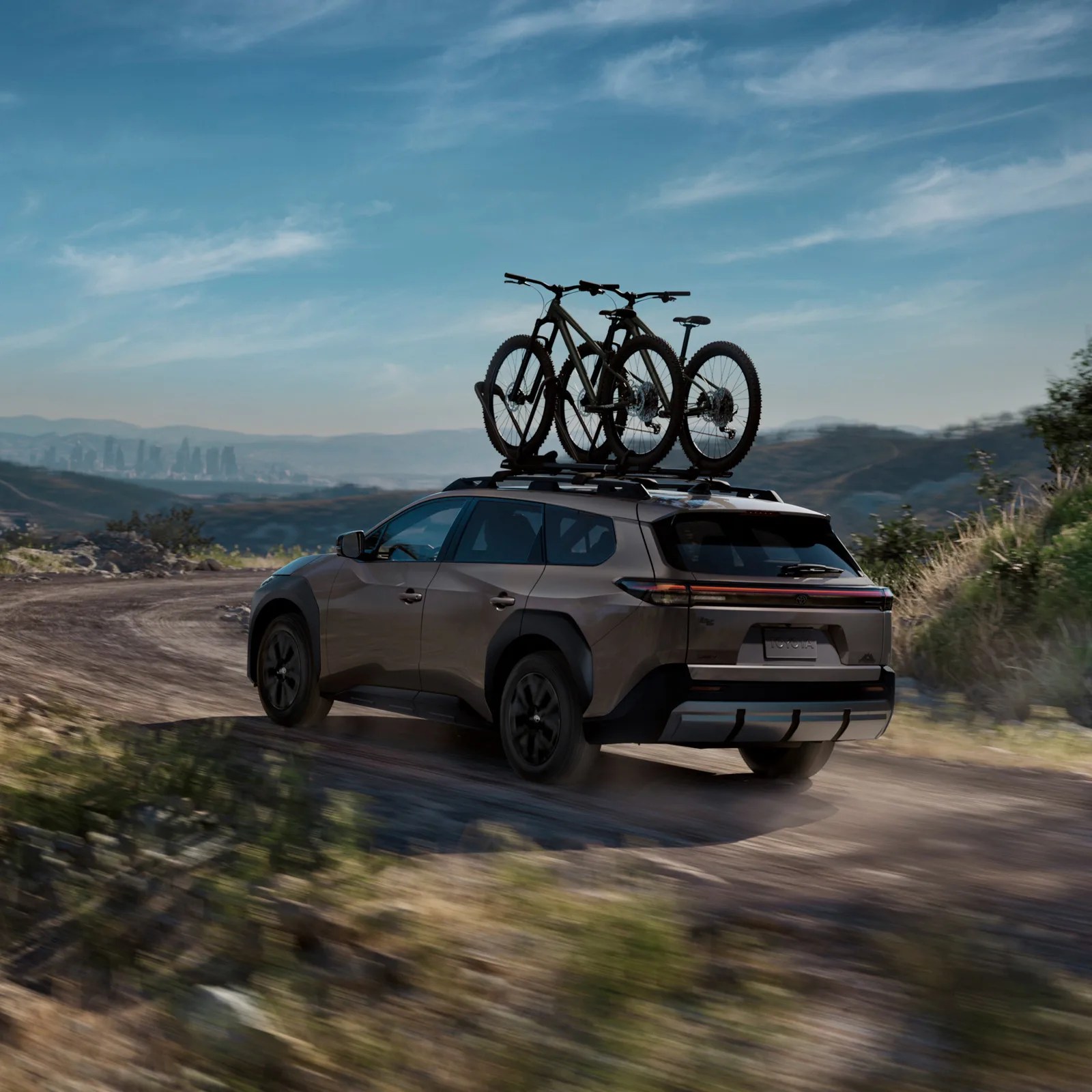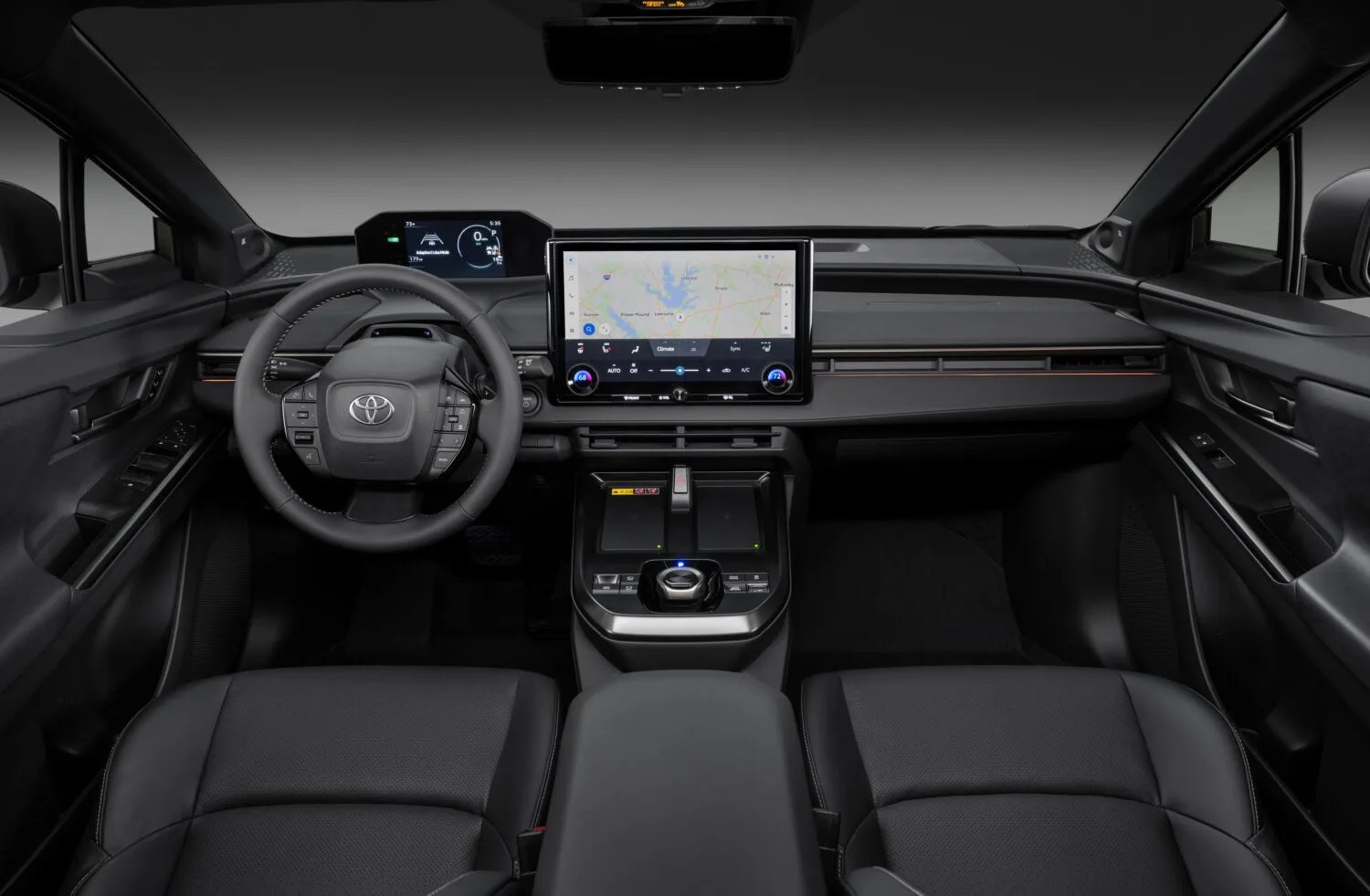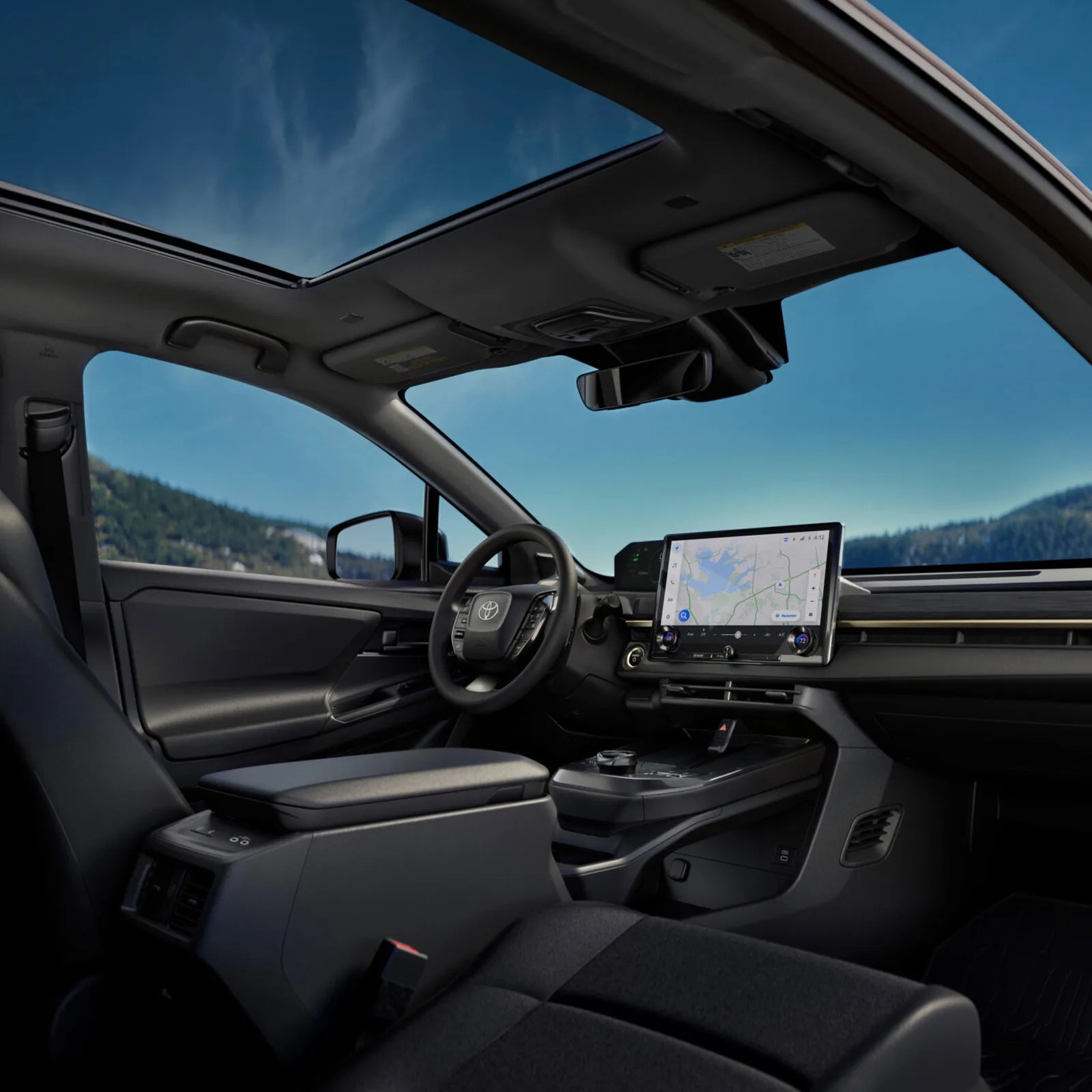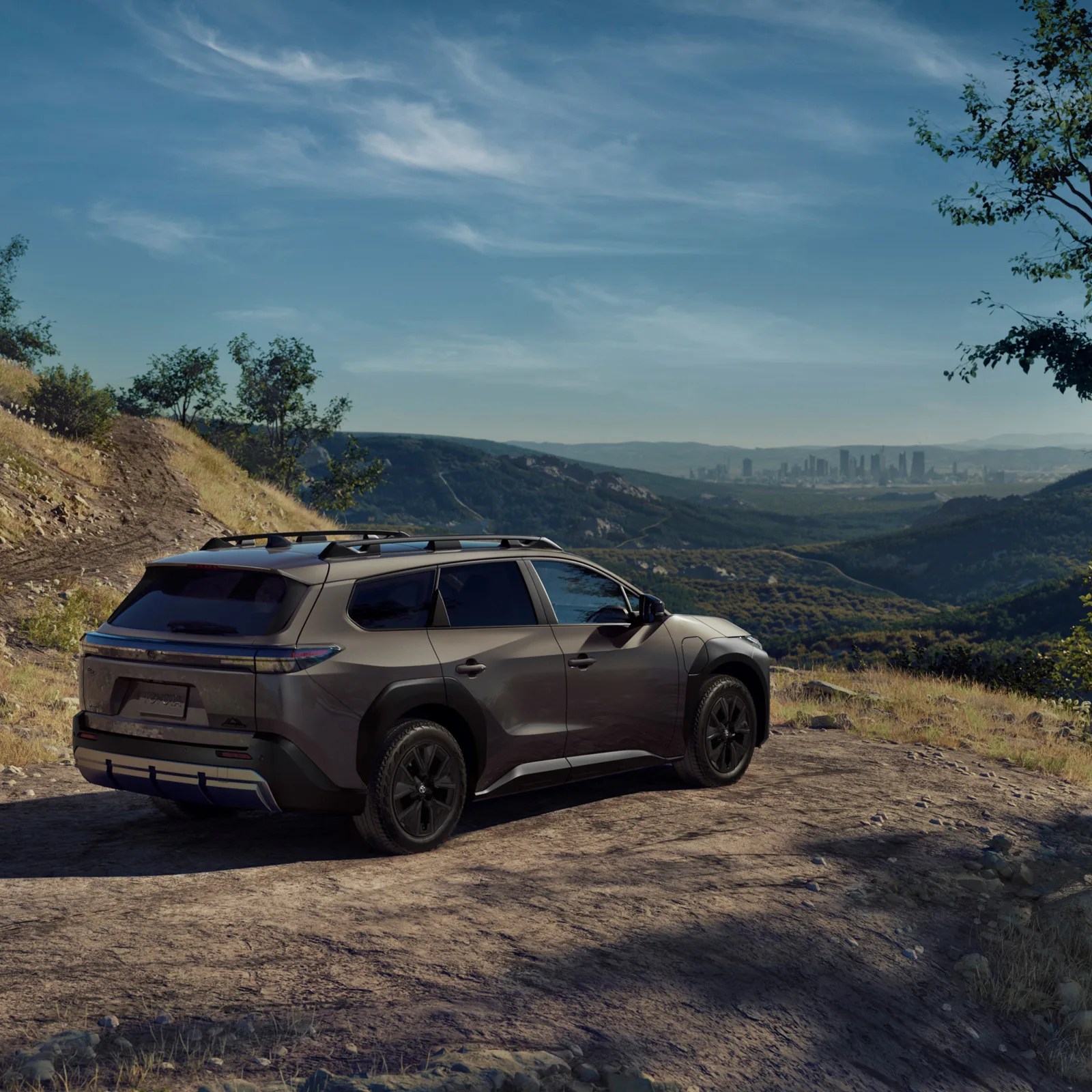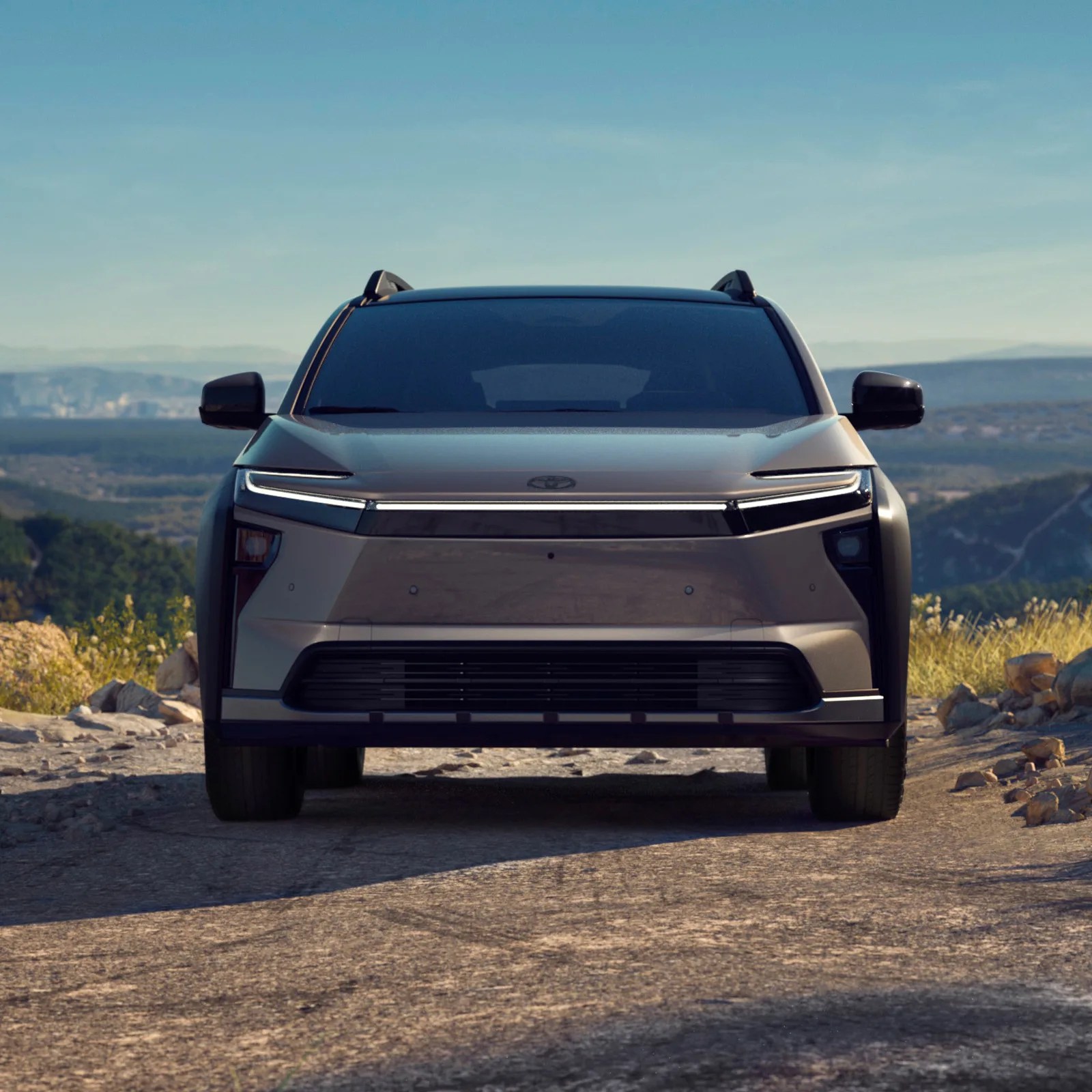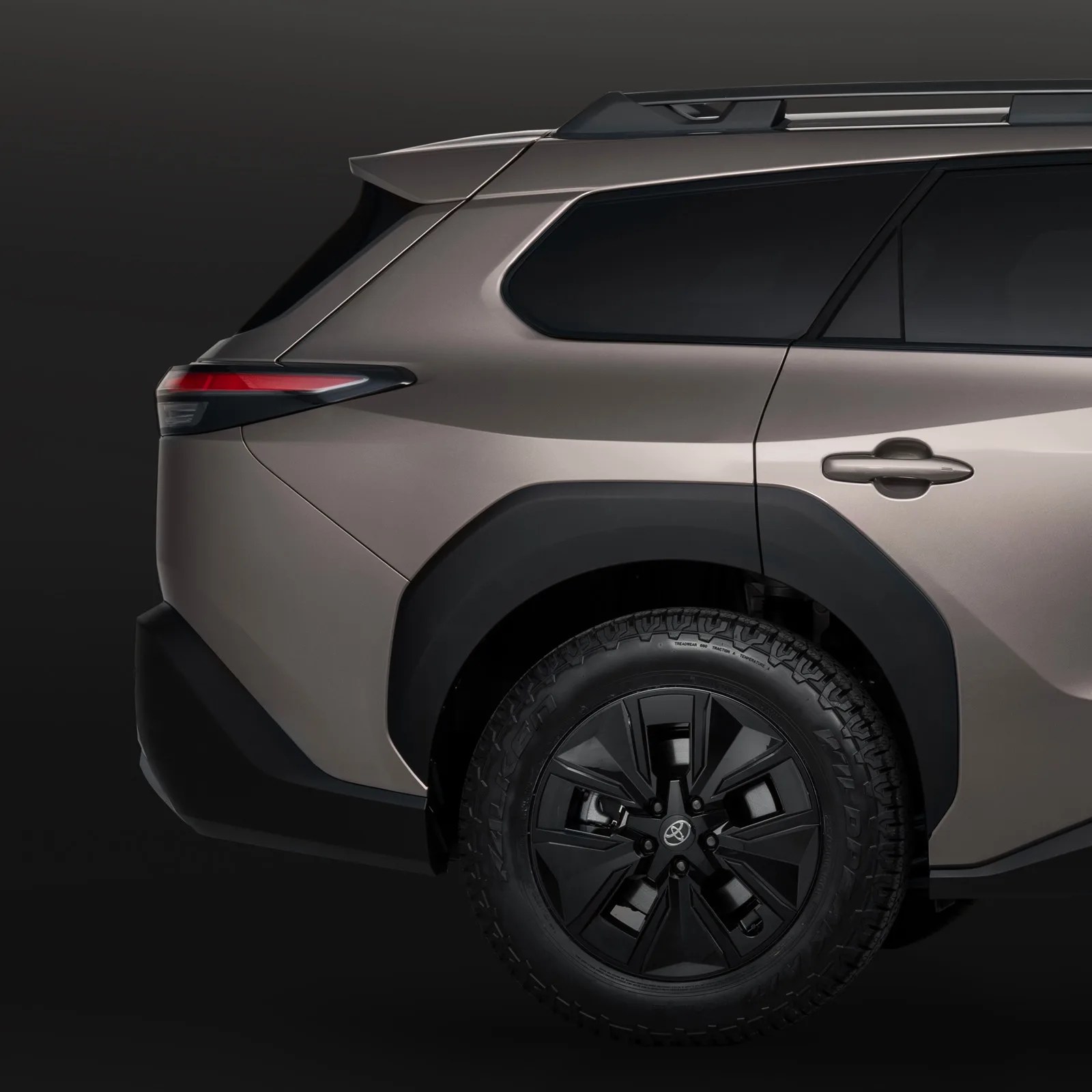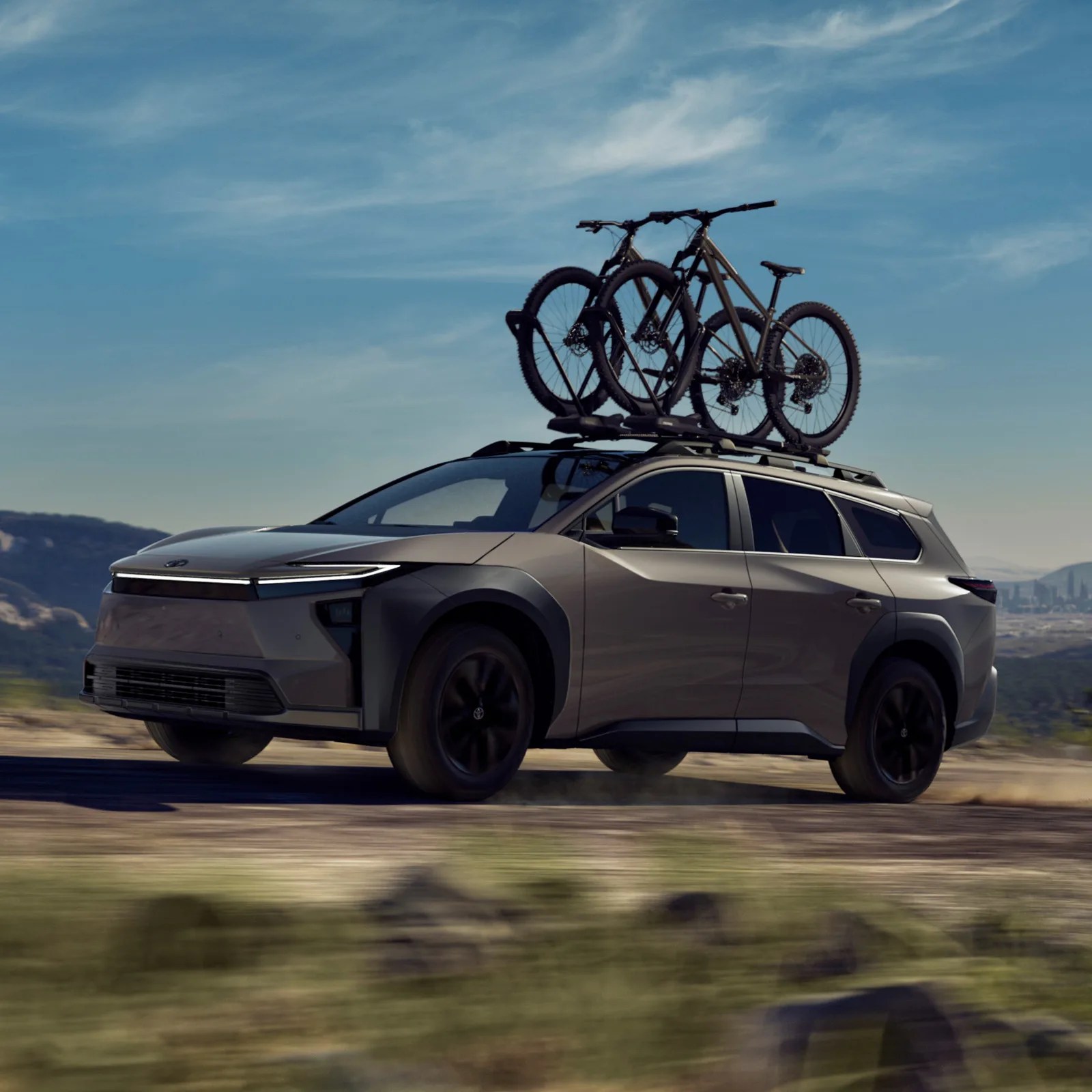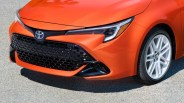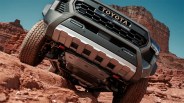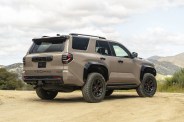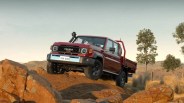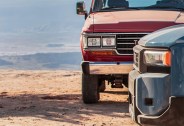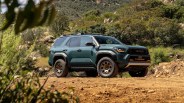It’s hard not to admire Toyota’s remarkable portfolio of vehicles, though, in full disclosure, my first car was a Toyota Tacoma, so feel free to call me biased if you want.
On one side, with all apologies to rare exceptions like the newly revealed Corolla Hatchback FX Edition, it’s a brand known for making some of the most pragmatic (and yes, often staid) sedans and vans ever to grace the asphalt in the Camry, Corolla, and Sienna.
Yet the same company also makes other vehicles, like the Tacoma (and Hilux!), 4Runner, and iconic Land Cruiser, which passionate, hard-core off-roading enthusiasts revere as some of the most badass, drive-through-hell-and-back rides in existence.
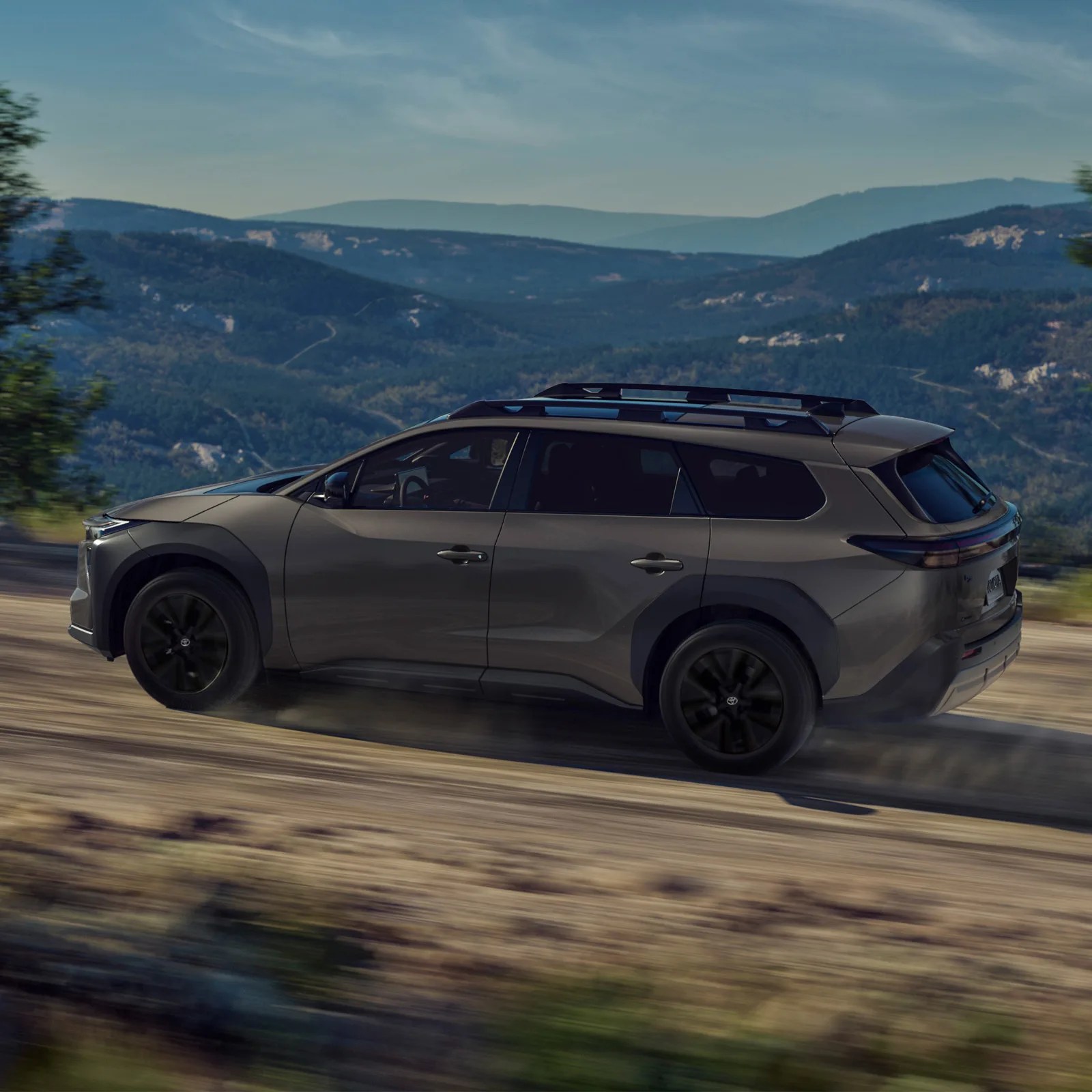
It’s the cultural equivalent of Michael Bay being a maestro of action movies and rom-coms—nay, foreign documentary shorts—or Patrick Mahomes being equally elite in football and figure skating.
You just don’t often see a singular entity master such two disparate fields so completely.
